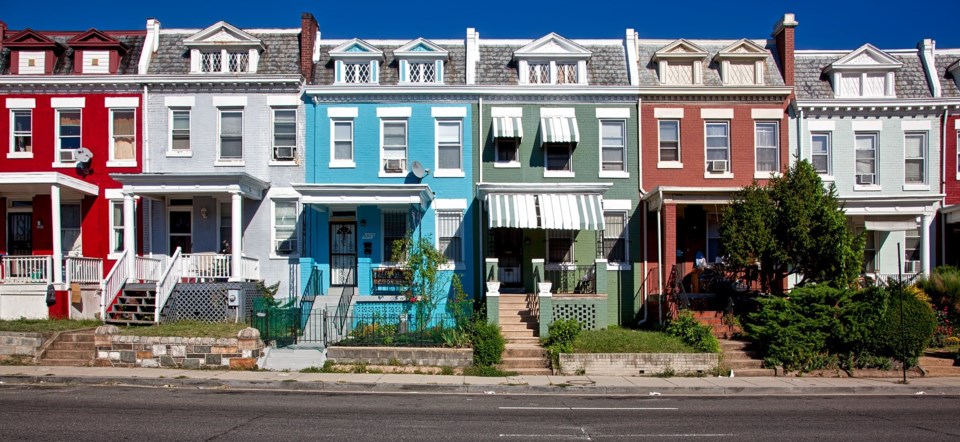The Longmont Leader accepts contributions, photos, letters to the editor, or LTEs, and op-eds for publication from community members, business leaders and public officials on local topics. Publication will be at the discretion of the editor and published opinions do not represent the views of the Longmont Leader or its staff. To submit a contribution, email [email protected].
Politics within Longmont has typically been reactionary among citizens. Recently, the reactionary response is with proposed higher density homes next to existing single family homes. The story runs a similar path: a group of homeowners/neighbors get together to be against a proposed development next to their own individual home before a formal application is processed. Then, the same people will update themselves on everything that has happened within the city when life was too easy to participate in local democracy. Finally, arguments will be individualistic rather than focusing on equity, climate change, or financial solvency of their city’s greater backyard. If we pour over the recent editorials we see this is true.
Now, let us think for a moment, how did we get here? How did we become a society that has garnered the greatest attention to the individual rather than the progress of the entire group? For local context, I refer to my Bohn Farm neighbors and the Champion Greens neighborhood. These neighborhoods have successfully garnered the public’s attention to be against higher density housing. Again, how did we get here? Much of the reasoning is in the fine print of decades of bad policy via zoning, single-family homes, car centric city design, and sprawl. Today we must focus on infill, zoning reform, encourage living a car free lifestyle (saving $10,000/year), obtain basic necessities within walking distance, all while creating empathy and compassion for our neighbors.
Let us first dream of a better world by asking some questions. Why is 60% of the city devoted to Single-Family zoning? Historically a racist turned classist policy by being the most expensive homes to build and the most expensive liability to the city (think streets, sewers, water, electric, trash, emergency services, etc.). Why do we restrict homes to only have one ADU? Many single-family lots can build much more than one. How come we cannot split lots to have more owner occupied homes rather than ADU rentals? Because of lot minimums, setback requirements, parking minimums, etc. How come the majority of residents cannot walk safely to a basic grocer, walk to a restaurant, meet neighbors at a local cafe/pub, walk to a park, etc.? Because of separated uses within the zoning code and the car centric city design that has taken a hold after the 1940s. Why can the majority of residents not get on a bus or a bike to get to the places they need? Because we have wasted city finances on single occupancy vehicle infrastructure that is now an unaffordable liability. Europe has discovered the cost benefit analysis is greater on investments in protected pedestrian/cycle networks and a transit first oriented society. All these questions, and many more, have solutions and global examples to learn from.
One solution is to first grasp a historical understanding of the zoning practices of separated uses from residential, commercial, retail, and industrial zones (euclidean zoning). Zoning limits our tax revenue, destroys the environment, separates people, and limits small business growth (likely why most American cities look painfully similar). In most countries, zoning codes do exist (e.g. power plants/polluting industries away from homes) but a cafe, small farm, restaurant, small grocer, low impact businesses, can coexist within residential neighborhoods. A positive ideology of mixed-use zoning reform lowers our water needs; as density lowers water use (less yards), lowers traffic congestion; as citizens can walk, take transit, or cycle to obtain basic services safely; lowers carbon emissions as single family homes produce the most carbon emission of any type of development. Ultimately, this type of zoning reform improves people's ability to live within Longmont while building diverse neighborhoods.
This is where Bohn Farm and Champion Greens neighborhoods can be a step into the right direction. We must acknowledge there is a housing crisis, affordability crisis, a social cohesion crisis, city finance crisis, and all under the umbrella of a climate crisis. Being part of the solution is to think about the greater picture, think beyond your backyard and think how your backyard can help all these crises. After all, the future generations will inherit the impending disaster by the lack of action today. We depend on change.
Taylor Wicklund, born and raised in Longmont, resident for over 30 years, and a small business owner.



.jpg;w=120;h=80;mode=crop)